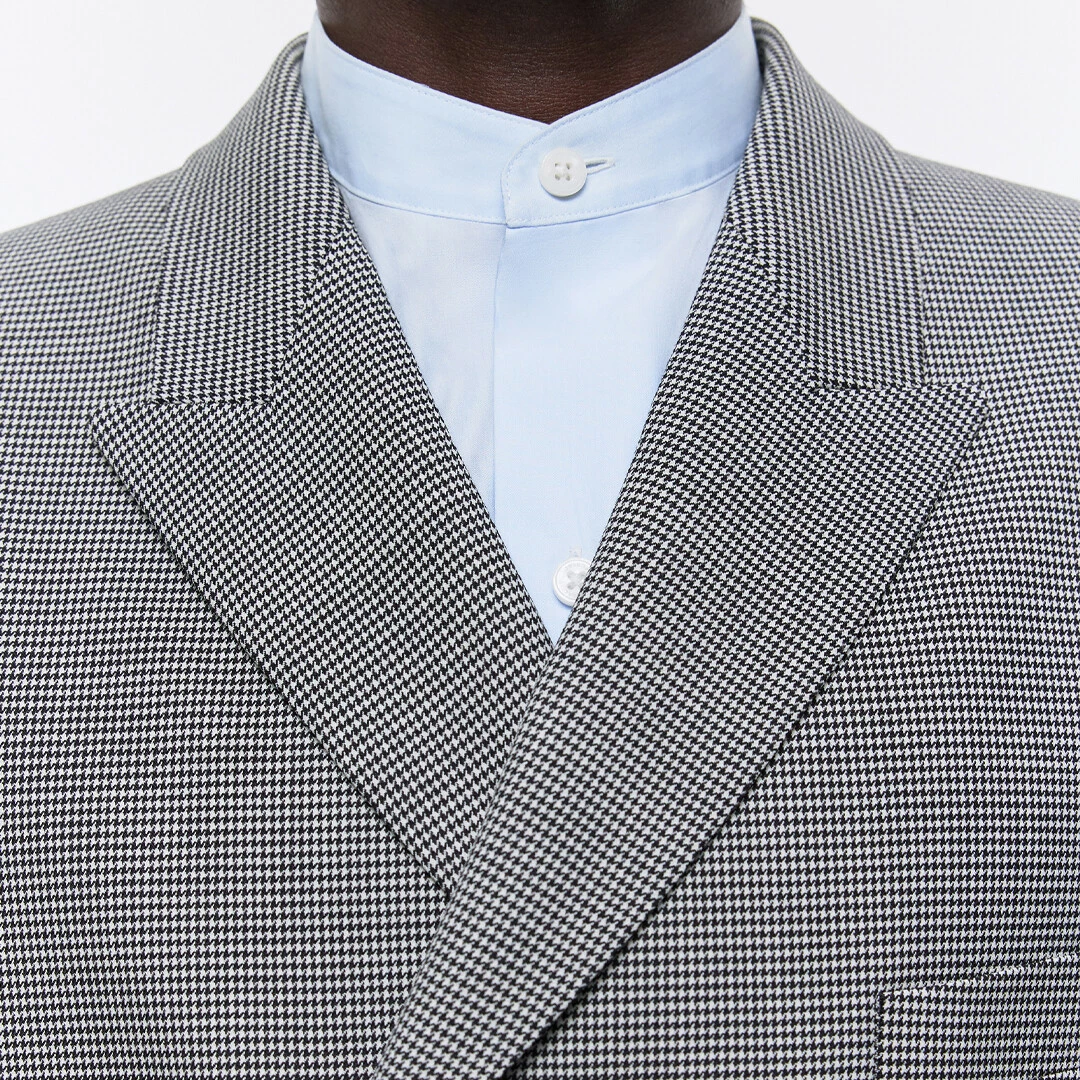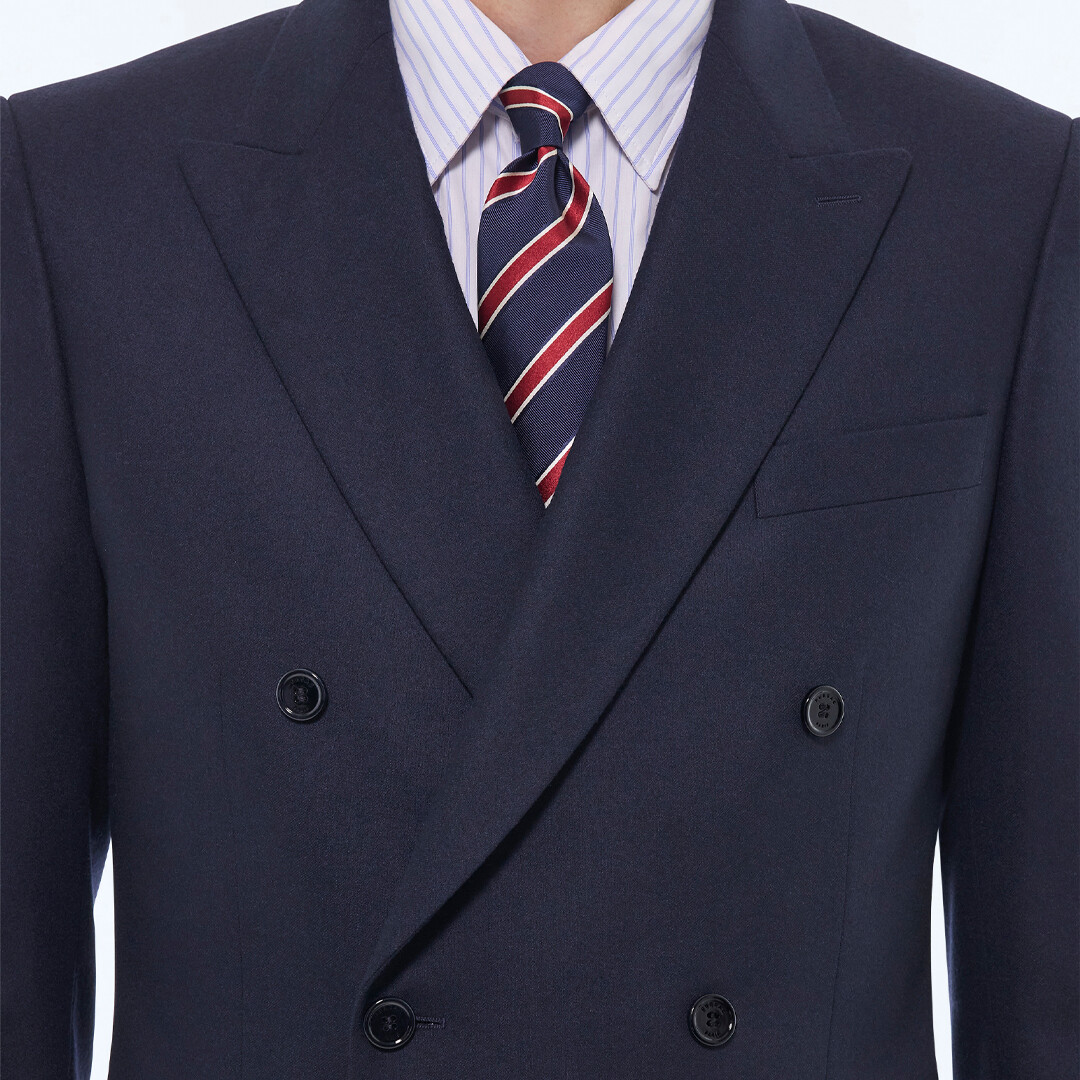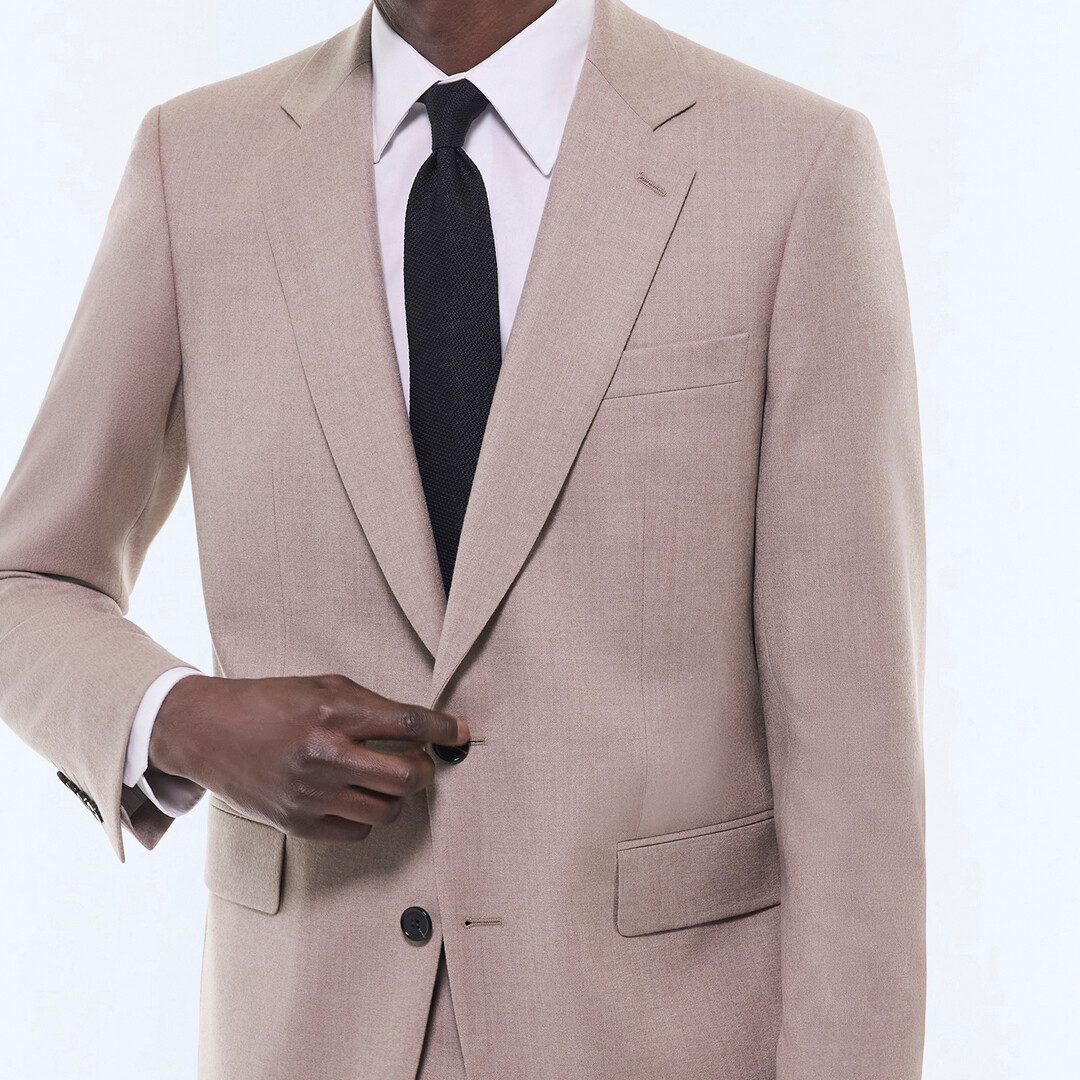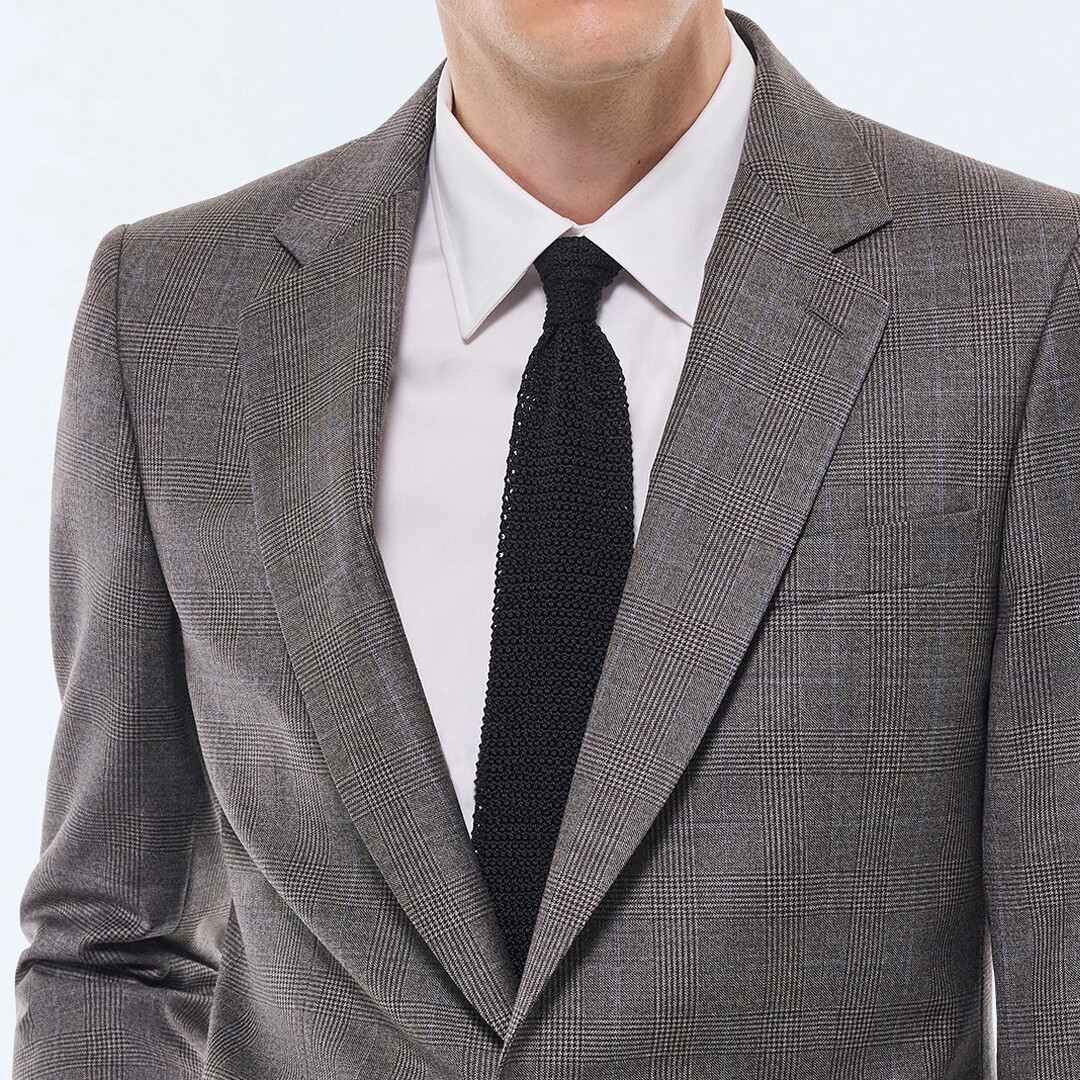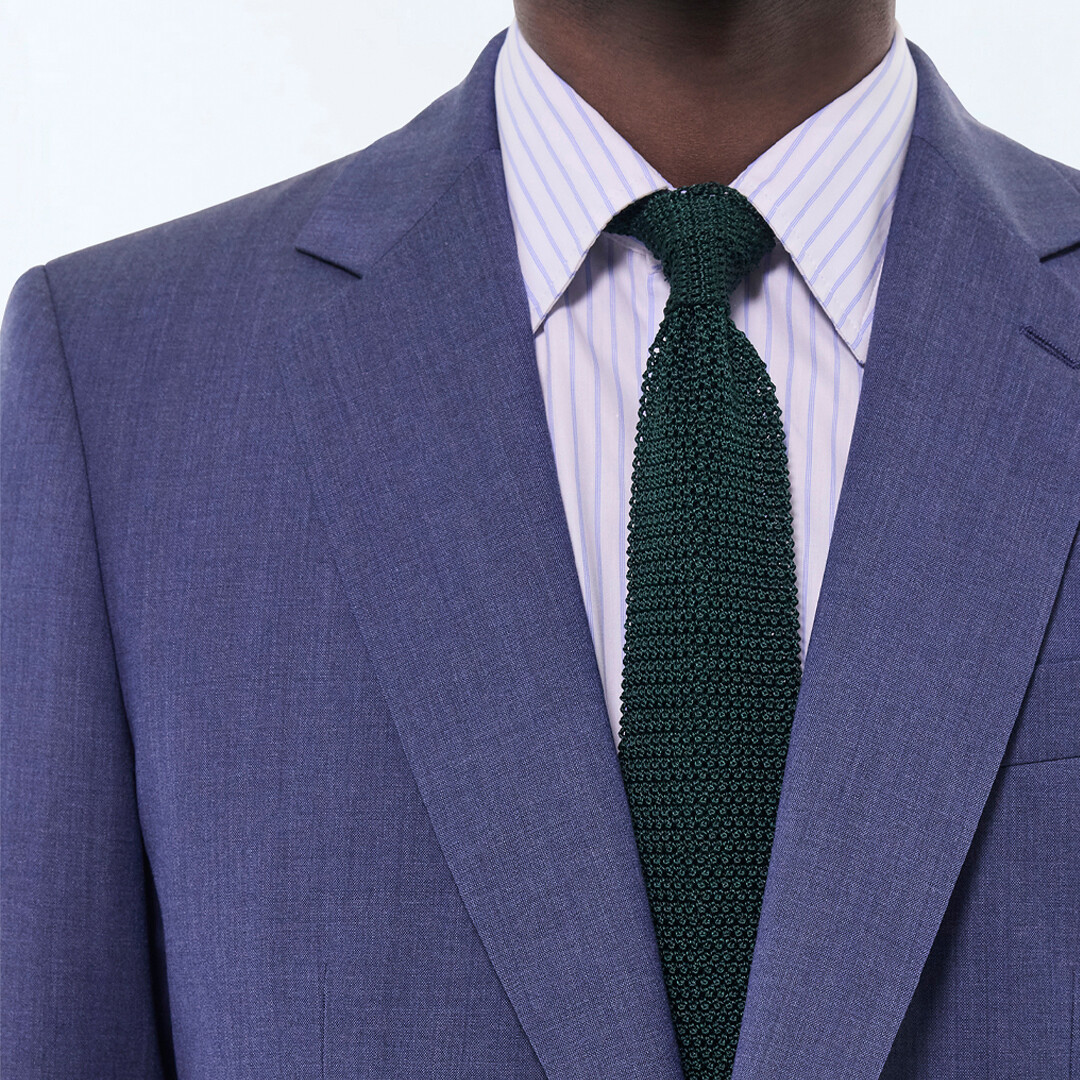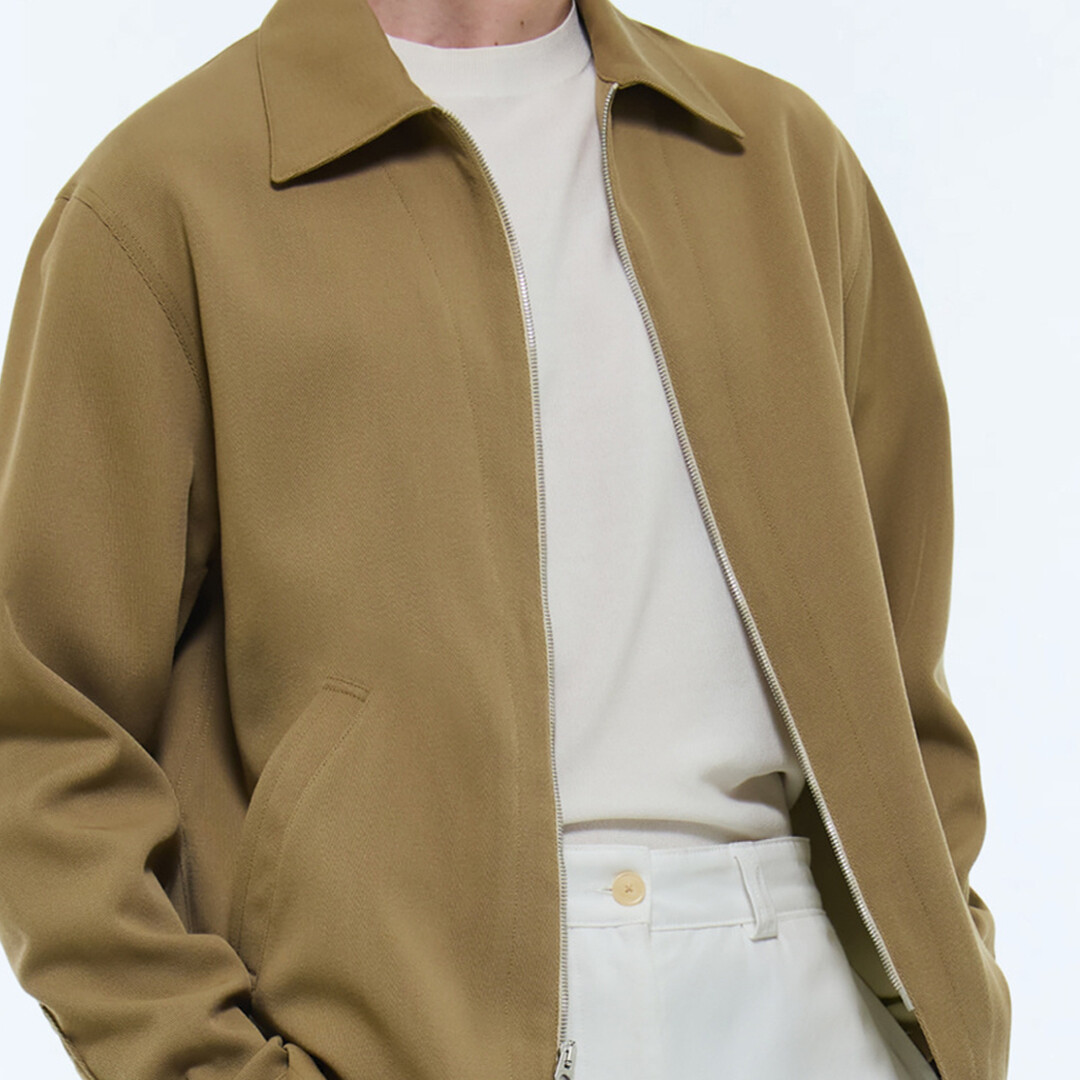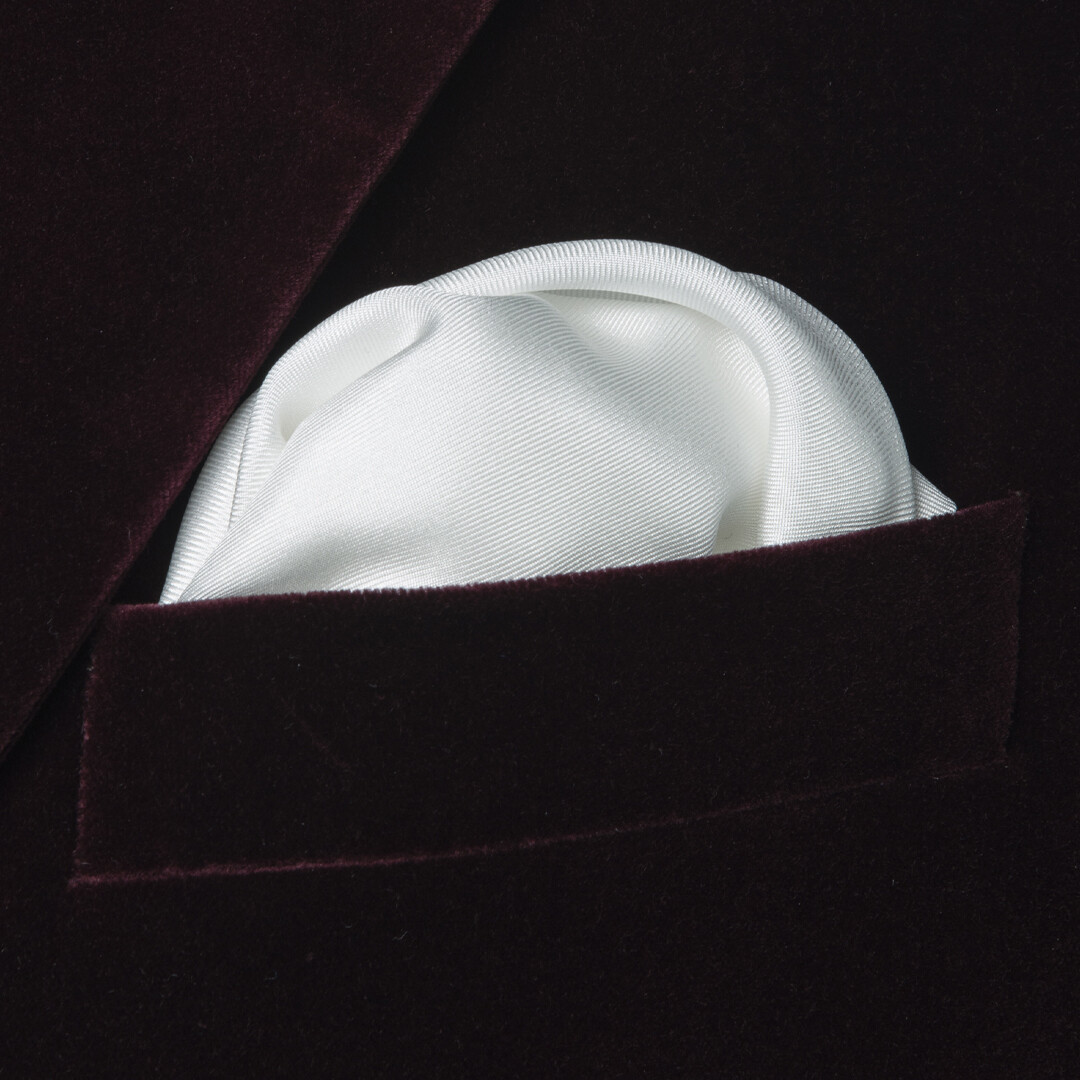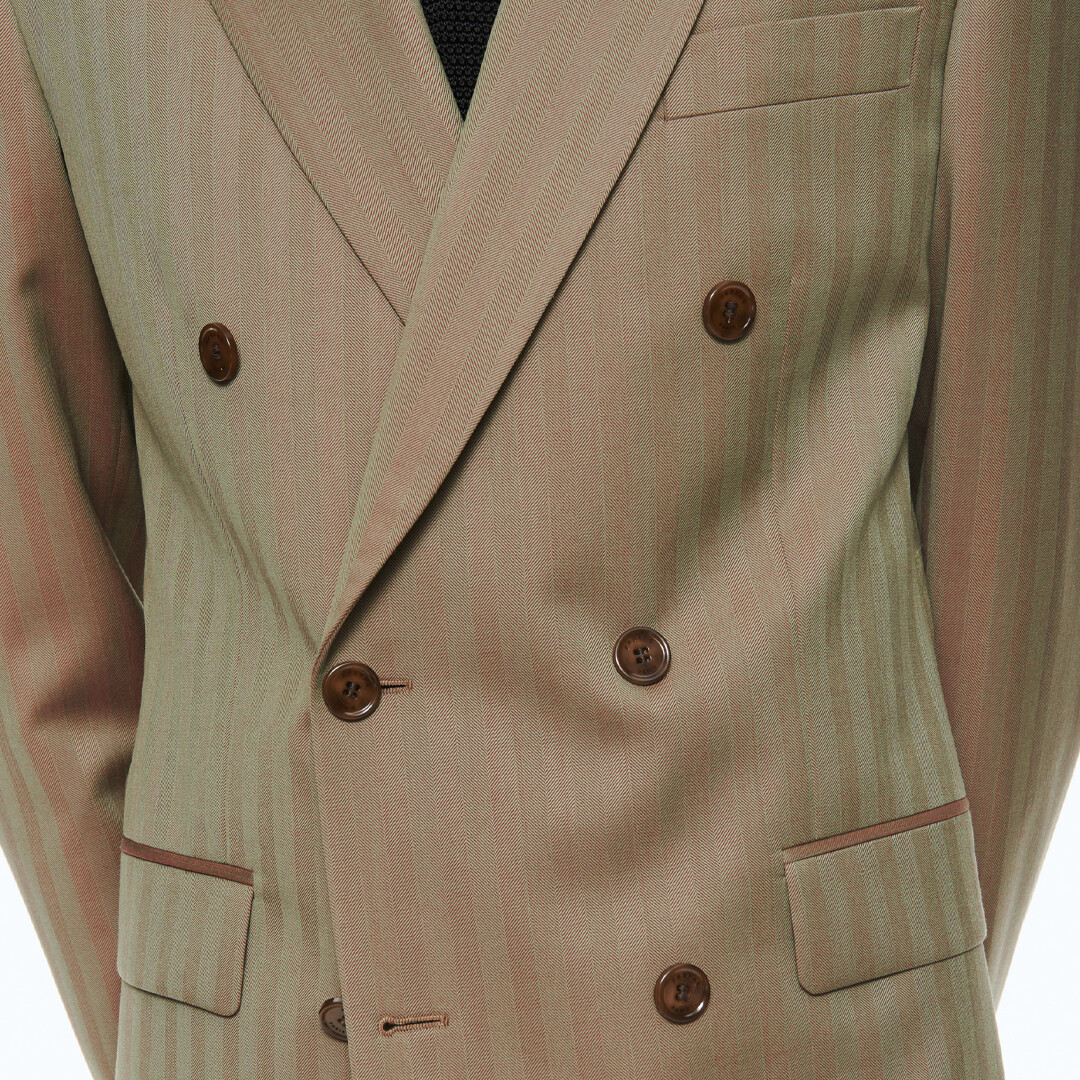The Solaro
Solaro was originally a technical fabric designed to protect its wearer from ultraviolet rays. It was invented in 1907 by Louis Westenra Sambon, a cancer specialist and expert in tropical diseases.
The fabric was quickly adopted by British troops stationed in tropical colonies. Soldiers used it to make their uniforms: the red side was used to cover helmets, and the beige side for garments.
Solaro is woven using red and olive/khaki wool threads. The warp thread, red, was intended (according to its inventor) to reflect UV rays. The weft thread, in varying shades of khaki, creates a contrast that gives the fabric a vibrant, light-reactive appearance. The result is an iridescent effect, shifting between green, beige, and red, especially striking when woven in wide herringbone patterns.
In the 1930s, Solaro entered civilian wardrobes. Though ultimately not very effective at blocking UV rays, it became widely worn, and production of the fabric continued. Sold under the name "tropical fabric," it soon became known simply as Solaro. After World War II, due to shortages of raw materials, Italian tailors repurposed military surplus stock, helping to spread the fabric beyond the British Empire. In the 1950s and 60s, Solaro, breathable and wrinkle-resistant, became the fabric of choice for businessmen frequently traveling to warm climates.
